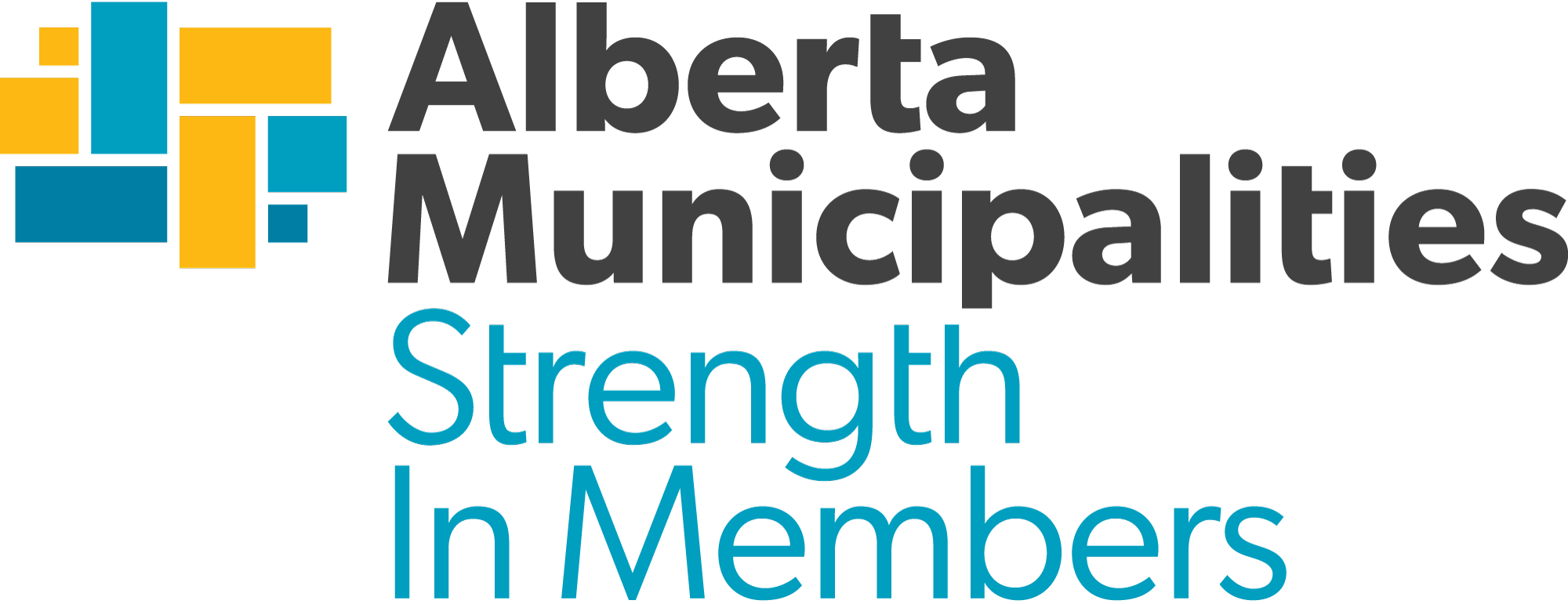Commercial Clean Energy Improvement Program
What is Commercial CEIP?
The Commercial Clean Energy Improvement Program (CEIP) offers flexible financing for commercial property upgrades. It helps owners cover upfront costs for energy efficiency and renewable energy projects. Commercial CEIP offers:
- Financing for up to 100% of project costs.
- Competitive interest rates.
- Long repayment terms (up to 25 years).
- The option to repay in full at any time without penalty.
- Repayment collected through your property tax bill.
CEIP financing is attached to the property, not the property owner. If you sell your property, you can either pay the balance (without penalty) or disclose and transfer the balance to the new owner. The new owner will take over the payments and enjoy the benefits of the improvements.
The program is administered by Alberta Municipalities. Visit Alberta Municipalities Commercial CEIP homepage for more general information.

Receive email updates
Get updates when the program reopens and learn how to join. We will only contact you about the Clean Energy Improvement Program.
Resources
Frequently asked questions
What types of properties are eligible for CEIP financing?
The program is for commercial buildings doing retrofits. New builds do not qualify. Privately owned properties located within Calgary that are labeled “non-residential” can participate in Commercial CEIP.
Properties marked as “industrial property” or “farmland” on the property tax bill aren’t eligible.
Some tax-exempt properties may qualify, contact us to learn more.
What types of upgrades are eligible for the program?
Many energy efficiency and renewable energy upgrades qualify for the program. See the full list and criteria at CEIP-Commercial-Upgrades.
Will CEIP increase my property tax?
Only property owners who join the program will see an increase on their tax bill. If you don’t participate, your property taxes won’t change.
When will I start repaying the financing?
The payment start date for Clean Energy Improvement Taxes corresponds with the property tax payment due date (June 30). More information on property taxes and deadlines can be found here.
You must submit all necessary upgrade completion information to Alberta Municipalities prior to the November 15 cutoff date to have your Clean Energy Improvement Tax added to your property tax bill the following year.
For example:
- Upgrades completed and completion information submitted before Nov. 15, 2025 will be added to the 2026 property tax bill and the payment start date will be June 30, 2026.
- Upgrades completed and completion information submitted between Nov. 16, 2025 and Nov. 15, 2026 will be added to the 2027 property tax bill and the payment start date will be June 30, 2027.
Can I make an early repayment? Is there a penalty or fee?
You can pay off the full balance with no penalty or discharge fee.
Lump sum payments can only be requested after you receive:
- Your Clean Energy Improvement Tax payout notice; OR
- The first property tax bill that includes the Clean Energy Improvement Tax.
You may contact 311 at any time during the repayment term to make a full lump sum payment. This will help you avoid further interest charges. Only full principal payments are accepted – no partial payments.
How will I know what my payment is?
You can view your annual Clean Energy Improvement Tax payment in a few ways:
- Your Clean Energy Improvement Agreement will outline the annual payment.
- You’ll receive a payout notice in the spring of the first year the tax is added to your property bill.
- It will appear as a separate line item on your property tax bill mailed each May.
- Once it’s on your property tax bill, the Clean Energy Improvement Tax will also appear on the Tax Certificate. This document shows all tax-related charges for a property.
Is CEIP a rebate program?
No. Commercial CEIP is a financing program. It provides funding for approved energy upgrades. Property owners will repay it with interest through their property tax bill.
How much funding is available?
The City has up to $10 million in CEIP financing available for Calgary commercial property owners.
Is CEIP different than PACE programs?
PACE stands for Property Assessed Clean Energy. It helps property owners to finance energy upgrades through their municipal property taxes. CEIP is Alberta’s version of PACE.
While similar, CEIP has unique guidelines and requirements for Alberta. These are designed to support the local economy while also protecting property owners.
I’m a contractor in energy efficiency and renewable energy in Calgary. How can I participate?
Visit ceip.abmunis.ca/contractor to learn more and apply to become a CEIP qualified contractor. Only CEIP qualified contractors are eligible to work on Clean Energy Improvement Program projects.
What is the Clean Energy Improvement Bylaw?
Municipalities need to pass a CEIP bylaw that authorizes them to:
- Borrow money for the purpose of financing clean energy improvements.
- Use the property tax system to facilitate repayment from property owners.
On April 9, 2025, Calgary’s Commercial Clean Energy Improvement Bylaw was passed by Calgary’s City Council. The Bylaw allows The City to offer Commercial CEIP in Calgary and sets guidelines for its operation.
Why is CEIP good for Calgary?
The City tracks greenhouse gas emissions from transportation, homes, buildings and waste to measure Calgary’s total emissions.
In 2023, buildings accounted for about 60 per cent of Calgary’s greenhouse gas emissions. Most of the buildings that will exist in Calgary in 2050 have already been built. Investing in energy efficiency and renewable upgrades is key to reaching net zero emissions. CEIP is one of many tools helping reduce greenhouse gas emissions.
Programs like CEIP also support our local economy. CEIP projects have the potential to create jobs for local energy and renewable energy contractors.
This program is supported by the Federation of Canadian Municipalities’ Green Municipal Fund, an endowment from the Government of Canada.


